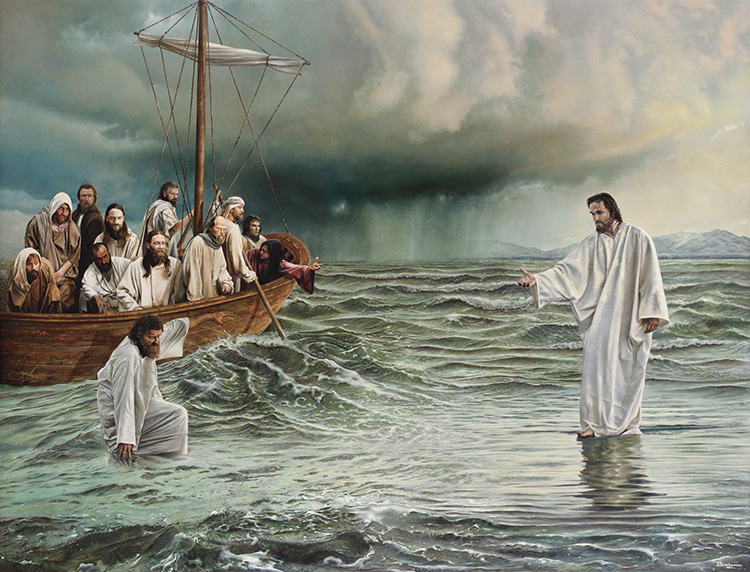This testimony from an unwilling witness shows again the identity between the ancient religions as to their secret doctrine. The Gayatri metre, for example, consists of thrice eight syllables, and is considered the most sacred of metres. It is the metre of Agni, the fire-god, and becomes at times the emblem of Brahma himself, the chief creator, and “fashioner of man” in his own image. Now Pythagoras says that “The number eight, or the Octad, is the first cube, that is to say, squared in all senses, as a die, proceeding from its base two, or even number; so is man four-square or perfect.” Of course few, except the Pythagoreans and kabalists, can fully comprehend this idea; but the illustration will assist in pointing out the close kinship of the numerals with the Vedic Mantras. The chief problems of every theology lie concealed beneath this imagery of fire and the varying rhythm of its flames. The burning bush of the Bible, the Zoroastrian and other sacred fires, Plato’s universal soul, and the Rosicrucian doctrines of both soul and body of man being evolved out of fire, the reasoning and immortal element which permeates all things, and which, according to Herakleitus, Hippocrates, and Parmenides, is God, have all the same meaning.
Each metre in the Brahmanas corresponds to a number, and as shown by Haug, as it stands in the sacred volumes, is a prototype of some visible form on earth, and its effects are either good or evil. The “sacred speech” can save, but it can kill as well; its many meanings and faculties are well known but to the Dikshita (the adept), who has been initiated into many mysteries, and whose “spiritual birth” is completely achieved; the Vach of the mantra is a spoken power, which awakes another corresponding and still more occult power, each allegorically personified by some god in the world of spirits, and, according as it is used, responded to either by the gods or the Rakshasas (bad spirits). In the Brahmanical and Buddhist ideas, a curse, a blessing, a vow, a desire, an idle thought, can each assume a visible shape and so manifest itself objectively to the eyes of its author, or to him that it concerns.
Page 411
Every sin becomes incarnated, so to say, and like an avenging fiend persecutes its perpetrator.
There are words which have a destructive quality in their very syllables, as though objective things; for every sound awakens a corresponding one in the invisible world of spirit, and the repercussion produces either a good or bad effect. Harmonious rhythm, a melody vibrating softly in the atmosphere, creates a beneficent and sweet influence around, and acts most powerfully on the psychological as well as physical natures of every living thing on earth; it reacts even on inanimate objects, for matter is still spirit in its essence, invisible as it may seem to our grosser senses.
So with the numerals. Turn wherever we will, from the Prophets to the Apocalypse, and we will see the biblical writers constantly using the numbers three, four, seven, and twelve.
And yet we have known some partisans of the Bible who maintained that the Vedas were copied from the Mosaic books! The Vedas, which are written in Sanscrit, a language whose grammatical rules and forms, as Max Muller and other scholars confess, were completely established long before the days when the great wave of emigration bore it from Asia all over the Occident, are there to proclaim their parentage of every philosophy, and every religious institution developed later among Semitic peoples. And which of the numerals most frequently occur in the Sanscrit chants, those sublime hymns to creation, to the unity of God, and the countless manifestations of His power? ONE, THREE, and SEVEN. Read the hymn by Dirghatamas.
“TO HIM WHO REPRESENTS ALL THE GODS.”
“The God here present, our blessed patron, our sacrificer, has a brother who spreads himself in mid-air. There exists a third Brother whom we sprinkle with our libations. . . . It is he whom I have seen master of men and armed with seven rays.”
And again:
“Seven Bridles aid in guiding a car which has but ONE wheel, and which is drawn by a single horse that shines with seven rays. The wheel has three limbs, an immortal wheel, never-wearying, whence hang all the worlds.”

Moe is the founder of GnosticWarrior.com. He is a father, husband, author, martial arts black belt, and an expert in Gnosticism, the occult, and esotericism.


![How the South Saxons received Eadbert and Eolla, and the West Saxons, Daniel and Aldhelm, for their bishops; and of the writings of the same Aldhelm [705 A.D.] | Book 5 | Chapter 17 How the South Saxons received Eadbert and Eolla, and the West Saxons, Daniel and Aldhelm, for their bishops; and of the writings of the same Aldhelm [705 A.D.] | Book 5 | Chapter 17](https://www.gnosticwarrior.com/wp-content/plugins/contextual-related-posts/default.png)


It really is disturbing that you invest all this time in ancient mysteries and “cracking the code” but you can not see what is right in front of you. The “Gnostics” have been in control of this planet for a very long time. What great freedoms have free masonry won you? What paradise has your “hidden hand” crafted? It is written that a good tree can not bear evil fruit nor a corrupt tree bear good fruit. What is the fruit of this world? War, hunger, poverty and genocide-these are the fruits of the “enlightened.” Your words are sweet but they turn bitter when consumed.